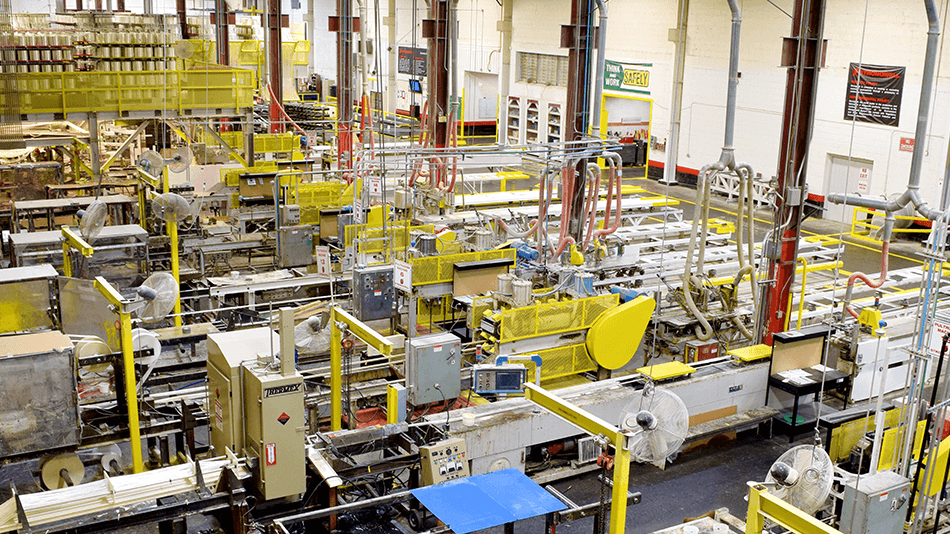How Tooling Factors into Pultrusion Systems
Tooling is a catchall term for a wide range of manufacturing processes. Generally speaking, most engineering tasks that use tools can be described as a tooling process. But how does this apply to highly automated production lines and more complex manufacturing processes like pultrusion? This blog post will examine the different parts of a typical pultrusion system to determine which mechanisms could be described as tool-based.
What is Tooling?
Understanding where tooling fits into pultrusion may require a more concrete definition of the term itself. Tooling, as a verb, describes the process of using tools, or mechanical components, to manufacture and finish workpieces. As a broader term, it may also include the process of acquiring the right machinery for any given job, but for ease, we will stick with the more straightforward definition for this article. This means tooling processes include cutting, fixing, grinding, guiding, measuring, and so on.
Are Pultrusion Systems Complex Tooling Devices?

Arguably, the entire pultrusion system is a complex machine comprised of multiple tooling processes. Pultrusion is, essentially, an interconnected multi-step tooling method. However, certain complexities in the process would make such a statement simplistic—the reasons why are outlined below.
Pultrusion is an automated manufacturing process used to produce fiber-reinforced plastics with constant cross-sections continuously. The word pultrusion is a combination of the words ‘pull’ and ‘extrusion’, which defines the process of pulling material during production.
During the pultrusion process, raw materials, which are flexible textile reinforcing fibers and liquid resin, are pulled through a heated pultrusion die with the support of a continuous pulling device. During the pulling process, pressure and heat are applied to the fibers, which induces the forming of the part and prompts curing. Finally, the fibers are pulled out of the system and cut into the desired length. Hence, just as pultrusion is a blending of two words; the process combines forming and finishing.
Pultrusion Tooling Components
There isn’t a definitive break regarding which parts of the pultrusion system count as ‘tools’ and which do not. However, key components that safely fit the description include creels, guide plates, performers, curing dies, cut-off saws and more. Each of these is integral to the quality of the end product; thus, the quality of the underlying components is critical to quality assurance and control (QA/QC).
Other common types of tooling include:
- Cutting tools
- Dies
- Fixtures
- Measurement gauges
- Molds
- Workholding
Pultrusion at Strongwell
Strongwell is a leading manufacturer of high-performance fiberglass and fiber-reinforced polymer composites and structures. The pultrusion process is what we excel at and means our customers benefit from our high-performing FRP materials to support their applications.
Making the most of the tooling process ensures the products provided to you are high-performing and offer corrosion resistance, and fire retardancy, amongst many other benefits.
Contact us today if you’re ready to purchase or want to learn more about our pultruded fiberglass products. We’ll be happy to assist you.